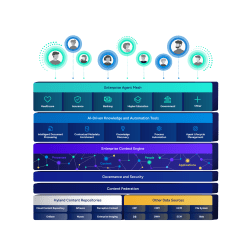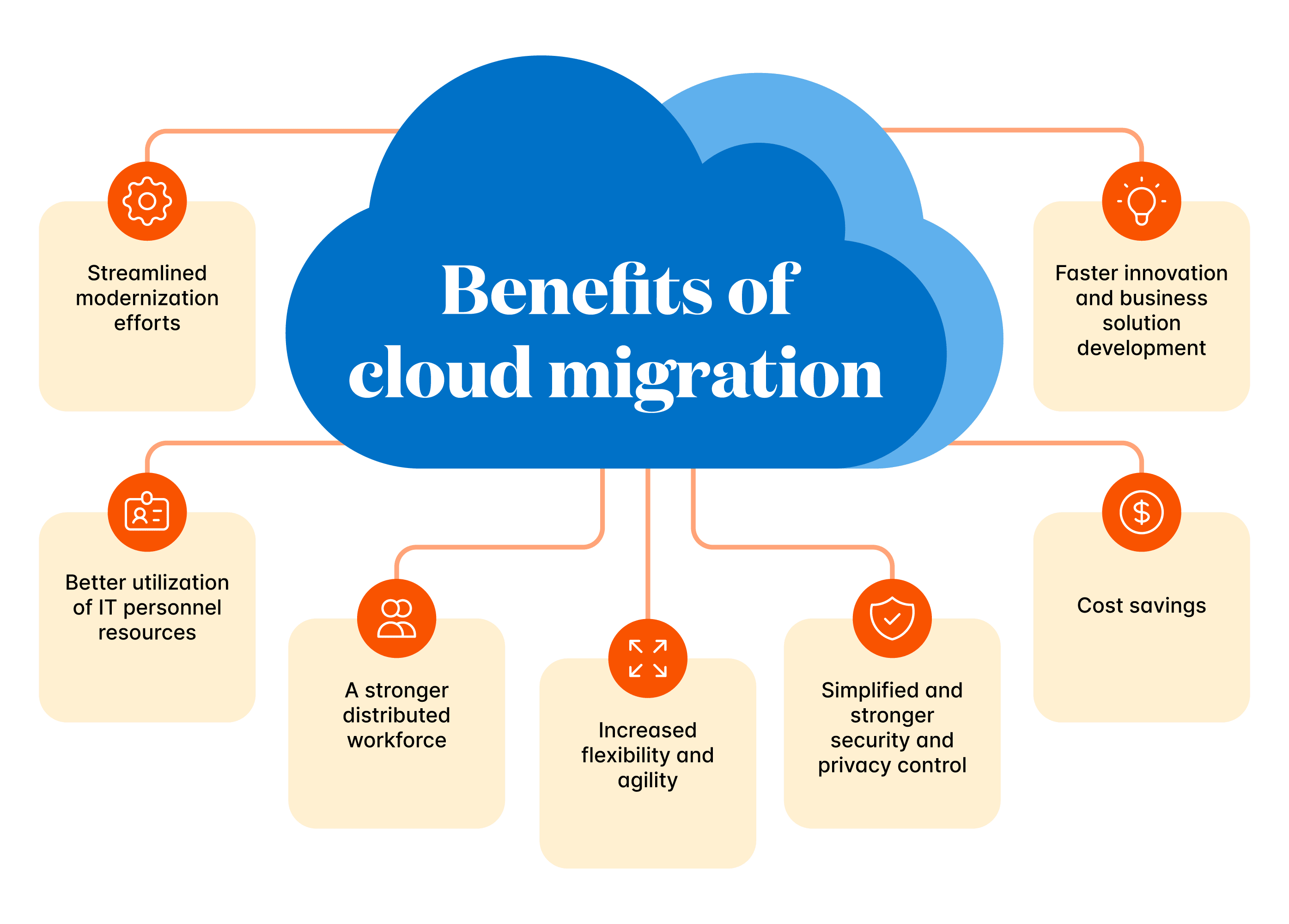The 8 different types of cloud migration
As businesses embrace the cloud to harness its scalability, flexibility and cost efficiencies, they are faced with the challenge of choosing the most effective migration strategy.
For organizations to make informed decisions, they must understand the eight different types of cloud migration:
1. Rehosting (lift and shift)
Rehosting is usually the fastest way to migrate to the cloud as it involves minimal changes to applications. Organizations replicate their existing infrastructure in the cloud by converting physical servers to virtual machines from on-premises datacenters to cloud environments.
While rehosting offers quicker migration and less disruption to operations, it does not fully exploit the benefits of cloud-native services or optimize costs.
2. Refactoring or re-architecting
Refactoring involves modifying applications to take advantage of cloud-native features and services. This includes breaking down single-piece applications into microservices, adopting serverless computing or using managed databases and storage solutions.
While refactoring requires more time, resources and expertise than rehosting, it leads to significant improvements in scalability, performance and cost efficiency in the long term.
3. Replatforming (lift, tinker and shift)
Replatforming strikes a balance between rehosting and refactoring by making targeted optimizations to applications before migrating them to the cloud. Organizations may update certain components to better align with the target cloud platform's capabilities without redesigning the entire application.
This aims to achieve some benefits of cloud-native architecture while reducing the effort and risk compared of full refactoring.
4. Repurchasing (drop and shop)
Repurchasing is the replacing of existing on-premises software with cloud-based alternatives, typically in the form of SaaS. Instead of migrating existing applications, organizations adopt new cloud-native software that offers similar functionality.
This simplifies management, reduces infrastructure overhead and provides access to the latest features. However, it requires adjusting business processes and data migration.
5. Retire
Retiring involves identifying and decommissioning applications or services that are no longer necessary or relevant to the organization. Instead of migrating these redundant systems to the cloud, organizations choose to phase them out entirely.
Retiring legacy applications can streamline the migration process, reduce complexity and lower costs by eliminating unnecessary infrastructure and maintenance overhead.
6. Retain or revisit
Retaining keeps applications on-premises rather than migrating them to the cloud immediately. Organizations may choose to retain workloads due to regulatory requirements, data sensitivity or other considerations that make cloud migration impractical at the time.
They can revisit these decisions in the future as needed — as cloud technology evolves, business needs change or regulatory constraints ease.
7. Hybrid
Hybrid migration combines on-premises, private cloud and public cloud environments to meet the organization's requirements. This approach is useful when there is a need to retain workloads on-premises while migrating others to the cloud.
It allows organizations to leverage the benefits of both environments — the scalability, flexibility and security of the cloud — and the control over sensitive data or legacy systems of on-premises applications.
8. Application migration
Application migration to the cloud is a more specific concept than just cloud migration. It moves a software application and all of its data and processes to a new cloud computing environment, usually from a legacy on-premises server.
The main benefit of this approach is that the ROI of cloud computing can quickly outstrip the hard and soft costs of operating on-premises.


















